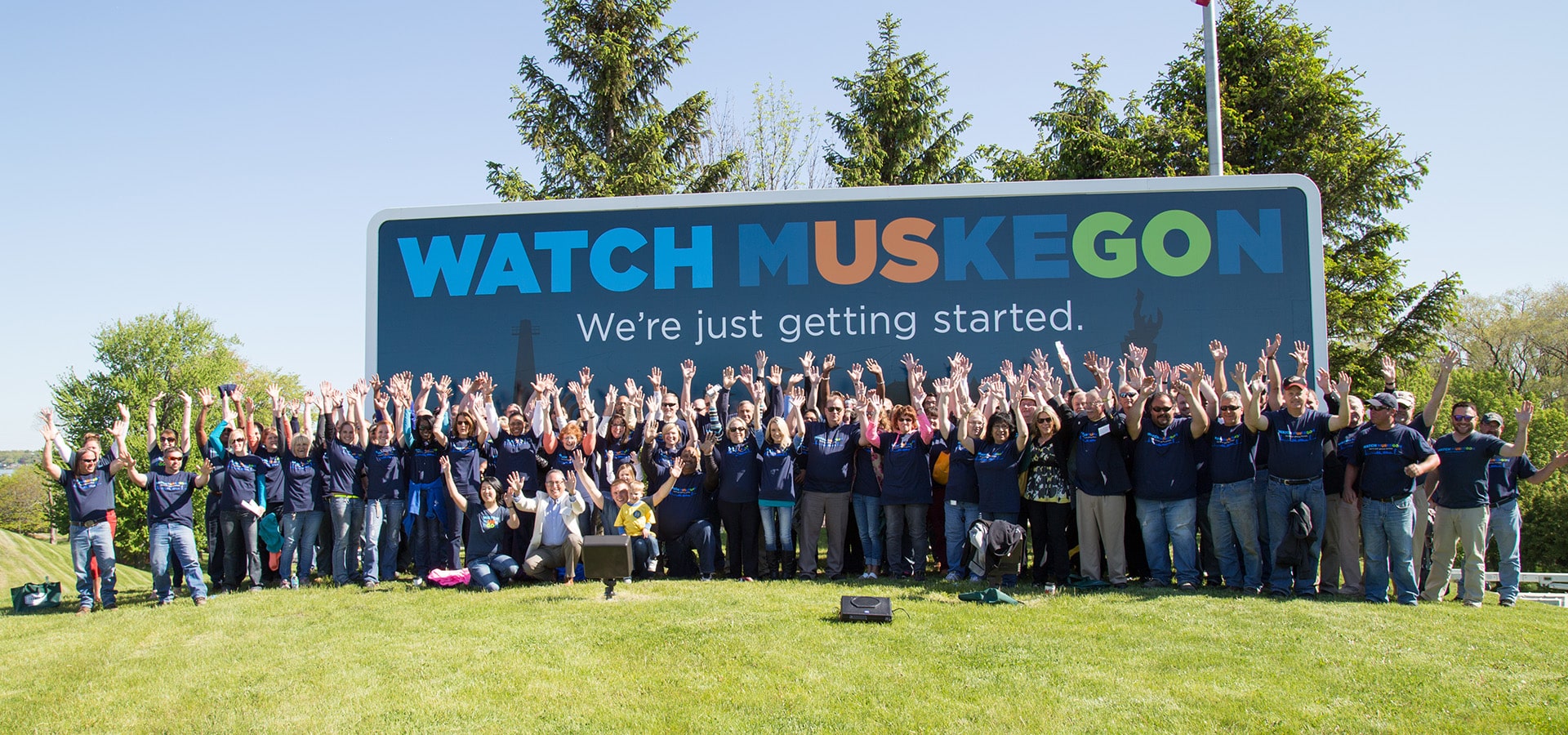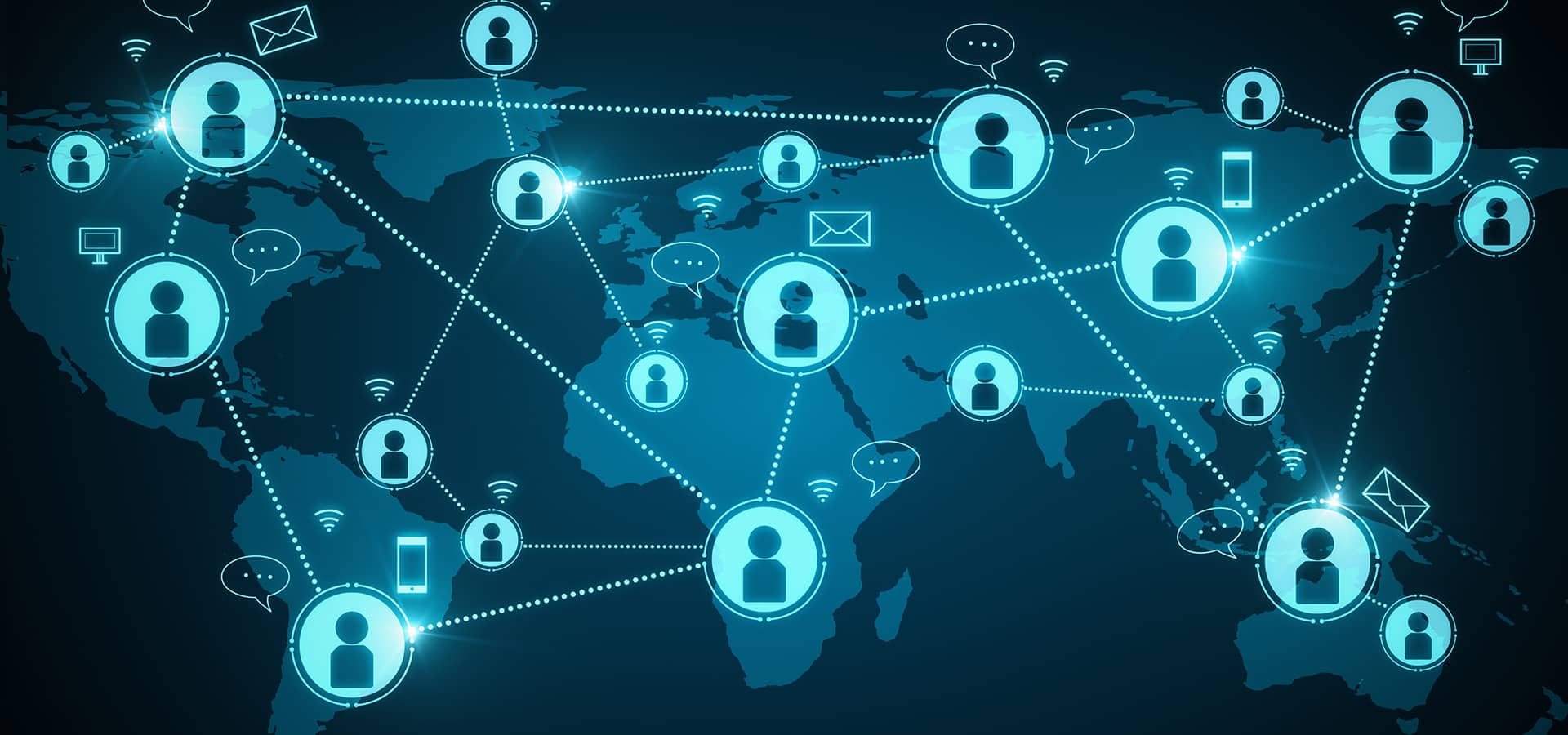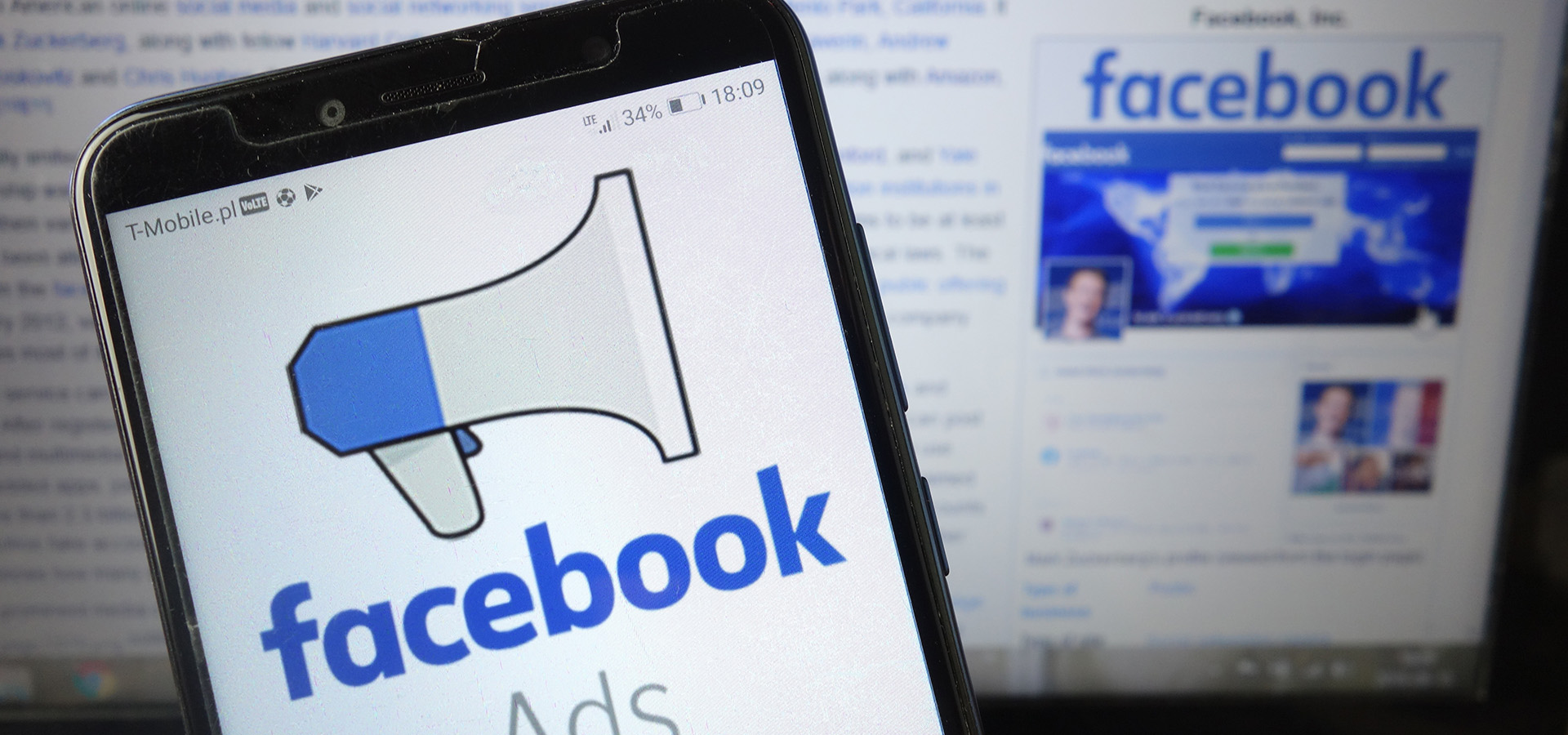Many of us are members of the instant message generation. From the early days of the almighty AIM (which amazingly still exists), to texting, on through to Facebook messenger, and all of the other available apps we use to communicate by way of typing (instead of speaking); plenty of people have grown accustomed to web-based chatting.
For many of us working office-type jobs, we even use this type of communication to stay connected to our coworkers – and it’s awesome. Until recently, Skype was the chat program of choice, but we’re on to better things these days, and that better thing is Slack.Created by Stewart Butterfield, the same man who launched Flickr, Slack is an office communication tool that is both powerful and playful. Since its launch in August of 2013, it has become wildly popular. In fact, Slack just became the fastest startup in history to reach a $2 billion valuation largely due to its 10,000 new users every week. That many people can’t be wrong. More importantly, we can’t be wrong … can we?
So, are you a Slacker? If not, here’s why we think you should be:
- You can talk about work projects
- Share links to your project management system
- It’s more instantaneous than email
- Group chats allow for easy announcements to the whole staff
- Instant messaging makes for easy collaboration without taking people away from their workstations. Because who wants to get up, right?
Another really helpful feature is the mobile component. You can Slack straight from your phone (assuming you don’t have a Jitterbug), which actually means you’re not slacking at all. That’s irony at its finest.
But for most of us working day-to-day, all of those features don’t really have anything to do with why we like inter-office chat programs.
Sure, from a managerial or HR standpoint, benefits like improved collaboration and office-wide connectivity are selling points, but for everyone on staff – especially at companies like ours – it’s about fun, comedy, and company culture!
How else can you share that cat video with your coworker or argue which Friend was your favorite (the correct answer is Ross BTW)? With Slack, there’s even a built-in Giphy feature that allows you to instantly drop GIFs into any conversation (be warned, the feature is like a pregnant woman’s emotions – completely unpredictable).
It’s a quick and easy way for coworkers to share music with one another, to swap relevant (or irrelevant) links to articles – to read later, of course – and if nothing else, to get to know each other a little better. Even if chats are a little impersonal, as all text-based communication seems to be, it’s a heck of a lot better than everyone sitting at their respective computers, trapped inside their headphones, never communicating at all.
And in case you do actually have to get some work done, these applications also make it pretty easy to turn off notifications, to bury it behind some other window, or to just ignore for the sake of productivity.
Internal chat comes in handy too. Like when you’re on a phone call and can ask another member of the team a quick question without putting the line on hold. For certain clients or projects, being able to create specific chat groups for everyone involved (but not everyone) helps keep communication open without distracting other employees.
Even just the simple inclusion of an “online,” “away,” or “do not disturb” status adds a workplace dynamic that may not have been so apparent without a chat program in place.
With those tangible benefits to workflow and productivity (if that’s the basket you want to put your eggs in), chats are obviously good for the company – but more importantly, they’re good for the people in the office. The more we digitize our jobs and spend most of the workday looking at a computer screen, having that channel of constant communication with our peers is what keeps company culture alive and makes the work environment an enjoyable place to be.
Are the people in your company enjoying this quick connection to one another? It might be time to get a chat rolling in your office.











